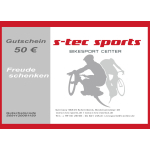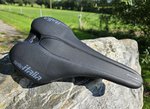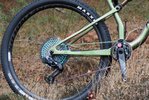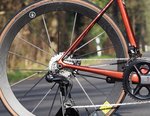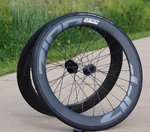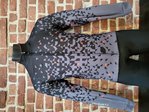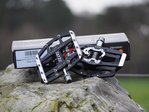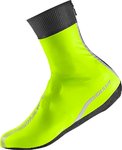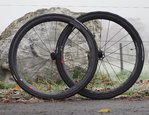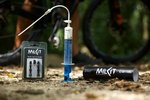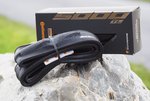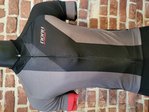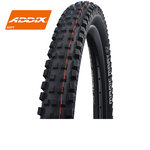| Features | |
| Modell | Giant Propel Advanced Pro 0 2024 |
| Rahmen | GIANT Propel Advanced Carbon,New 2023 |
| Gabel | Propel Advanced Disc |
| - | |
| Steuersatz | Giant |
| Vorbau | Giant Contact SL New Aero |
| Lenker | Giant Contact SL Aero |
| Vorderradbremse | Shimano Ultegra R8170 |
| Hinterradbremse | Shimano Ultegra R8170 |
| Bremshebel | Shimano Ultegra R8170 |
| Umwerfer | Shimano Ultegra R8150 Di2 |
| Schaltwerk | Shimano Ultegra R8150 Di2 |
| Schalthebel | Shimano Ultegra R8170 Di2 |
| Kassette | Shimano Ultegra R8100 |
| Kette | Shimano HG 801 |
| Kurbel | Shimano Ultegra R8100 with Giant power meter |
| Innenlager | Shimano Pressfit |
| Pedale | - |
| Vorderrad | Giant SLR 1 Disc 50, DBL, WheelSystem |
| Hinterrad | Giant SLR 1 Disc 50, DBL, WheelSystem |
| Reifen vorne | Cadex Race 700x25 |
| Reifen hinten | Cadex Race 700x25 |
| Sattelstütze | Giant Aero Carbon Seatpost |
| Sattel | Giant Fleet SL |
| Bemerkungen |
Integrated Aerodynamics
The guiding design principle behind the new Propel is its AeroSystem Shaping Technology. This is a process that can be viewed as a sum of all parts. It’s about analysing every tube, junction, angle and component—both individually and, more critically, as a holistic system.
The goal when creating all the different parts that make up this system is to simulate real-world riding conditions. The engineering team starts this process with airflow simulation software called computational fluid dynamics (CFD). After all the numbers are crunched, the physical forms are created. Then comes wind-tunnel testing, followed by the final step, which is to produce sample bikes and test them on the road with our pro athletes.



